What injuries does a motorcycle rush cause?
A type of painful Motorcycle Road Rash Injuries that often causes the skin to chafe, road rash is sometimes called “raspberries” because of its red appearance. It can be very painful for riders who come into contact with the roads at high speed, which is one of the reasons why protective clothing and gloves are generally recommended.
For some people, the term “road rash” can include an avulsion injury, a skin abrasion, or a compression injury, which means that a part of the body is caught between two objects (in this case, the road and the bike). The former appears as skin burns and “raspberries”, while the latter can appear as bruises and broken bones.
Read Also:- Which Certification is Best for Helmets? Snell, ECE, or DOT?
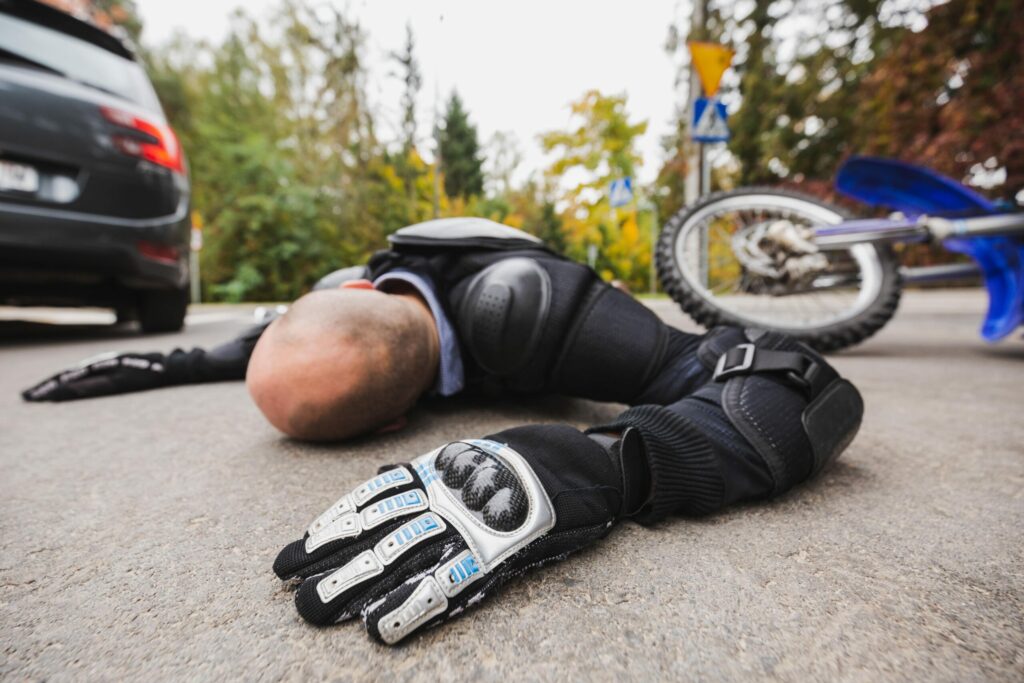
Accident Response: Assessing Your Care Needs
First stage:
This is the mildest type of road rash and involves redness, possibly some bleeding and bruising. For this stage of the rash, follow the steps for home treatment. Although the first-degree rash usually heals on its own with minimal scarring, you should watch for signs of infection and keep the wound moist with antibiotics or vitamin E oil after the first day to improve healing.
Second stage:
The second-stage rash appears with bleeding and swelling. It can cause fever and stretching of the muscles, tendons, and nerves. Scarring is common with this rash, and you should seek medical attention as soon as possible to ensure that the wound is properly cleaned to prevent infection and minimize scarring.
Third stage:
A third-degree rash involves an accident that has cut the skin. The torn area may have heavy bleeding, and swelling and be milky or shiny. The wound can cover a significant part of the body, exposing muscles, tendons, ligaments, or bones. You should not touch the wound, because the damage is so great that it becomes infected. Seek medical attention immediately.
Effective Injury Treatments
1. Clean the Rash
Leg wound. bleeding, painful wound from falling off a motorbike Before you do anything, you need to clean the area. You can start by washing the area with a mild soap. Remember to be gentle and soft when doing this to avoid further skin irritation. rinse with clean water to remove any soap residue. You can also use a soft towel for this.
When doing this, be careful not to rub the wound. This can make it worse and lead to a more serious infection.
2. Apply a Topical Ointment
The cream is great for reducing itchiness and pain. Ointments prevent wounds, help prevent infections, and soothe the skin.
You can use the glue to clean the dirt. If you want to do this, remember to use it until the skin is dry. This can reduce pain, itching, and inflammation.
3. Leave the bandage on
Before doing anything after a motorcycle accident, remember to wrap the blisters with bandages for safety. You can use non-stick pads for this. Apply it to the rash or pimples and make sure it stays in place. If this happens, it is unlikely that you have an infection.
4. Consider using antibiotics
If the rash starts to turn red or blister, it may indicate an infection. In this case, you should consult a doctor immediately. Be careful not to go to the medical centers near the main road, because they cannot treat the wounds.
5. Avoid Excessive Scratching
We don’t know it, but we like to draw when we have an infection. Of course, we want to dig, but it’s best if you can hold it in as much as possible. If you can’t, use a soft towel.
7. Take a Bath
Regular bathing can also reduce itching, burning, and pain. Make sure the water is not too hot or too cold. Do not put water in the tub or pool.
8. Avoid Contact with Other People
Avoid contact with other people to prevent infection. This is especially true if the virus has entered the bloodstream.

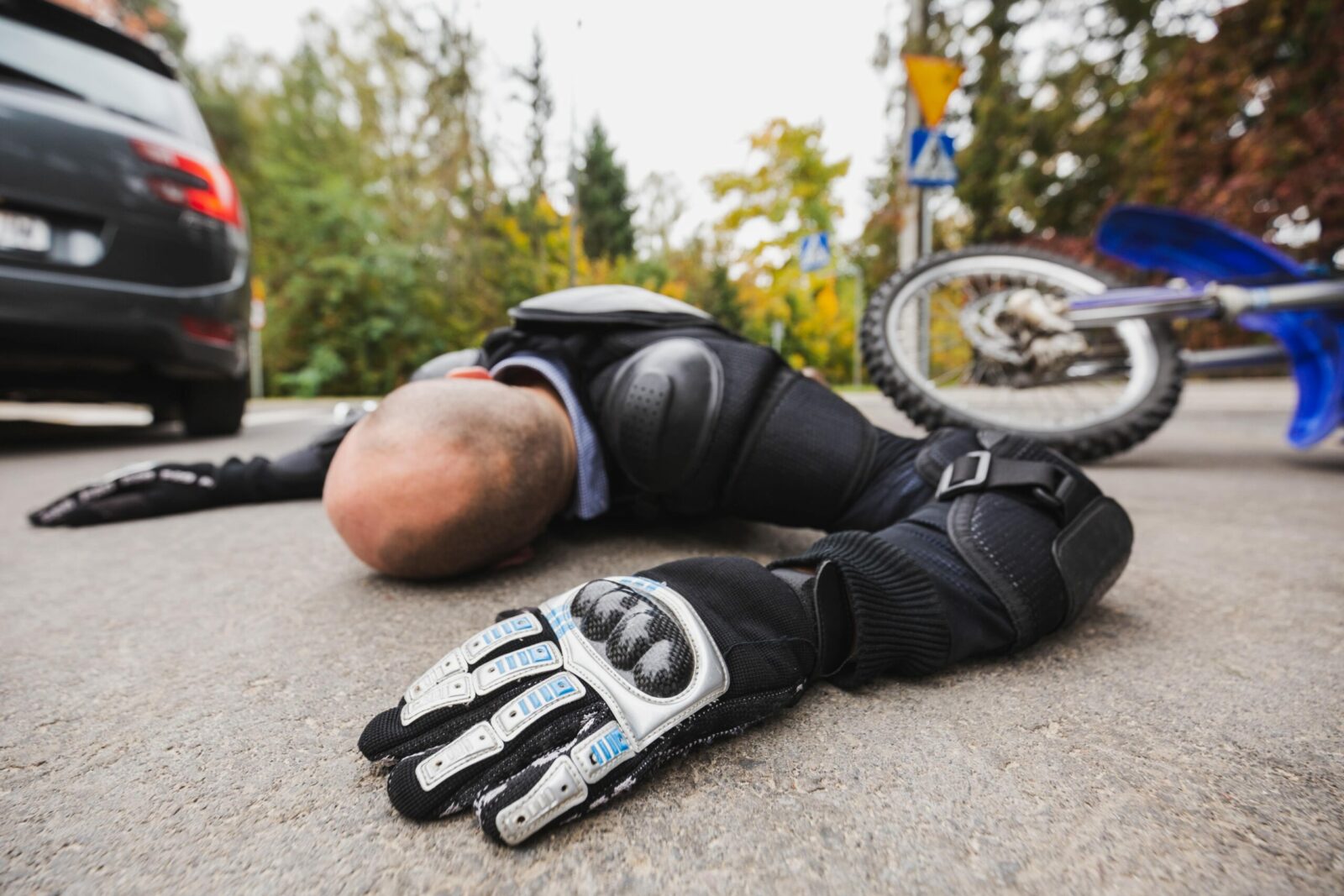
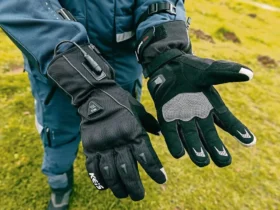
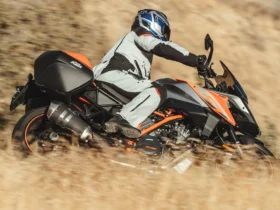
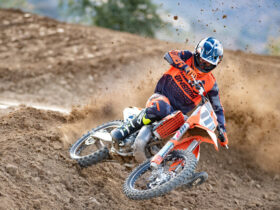

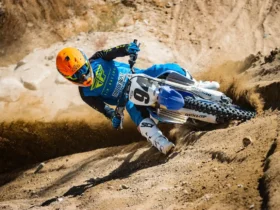
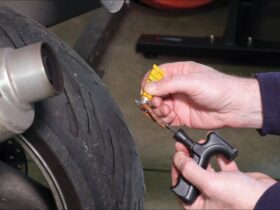

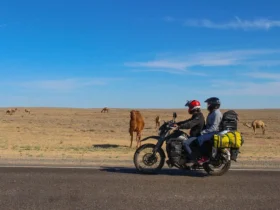
Leave a Review